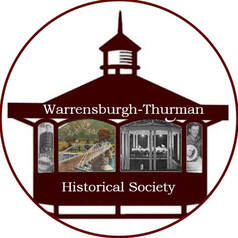Floyd Bennett Day - May 9
 Floyd Bennett Floyd Bennett
Have you ever driven by the Floyd Bennett Memorial Airport in Queensbury or the Floyd Bennett Memorial Bandstand in Warrensburg and wondered,
“Who was Floyd Bennett?” Answer: He was a local hero who grew up in Warrensburgh, enlisted in the Navy on December 15, 1917 in Burlington, Vermont, and placed in the new Naval Aviation Wing. This beloved son of Warrensburgh served his country with honor and distinction – he was;
|
Celebrating Floyd Bennett Day
May 9th, 2024 |
